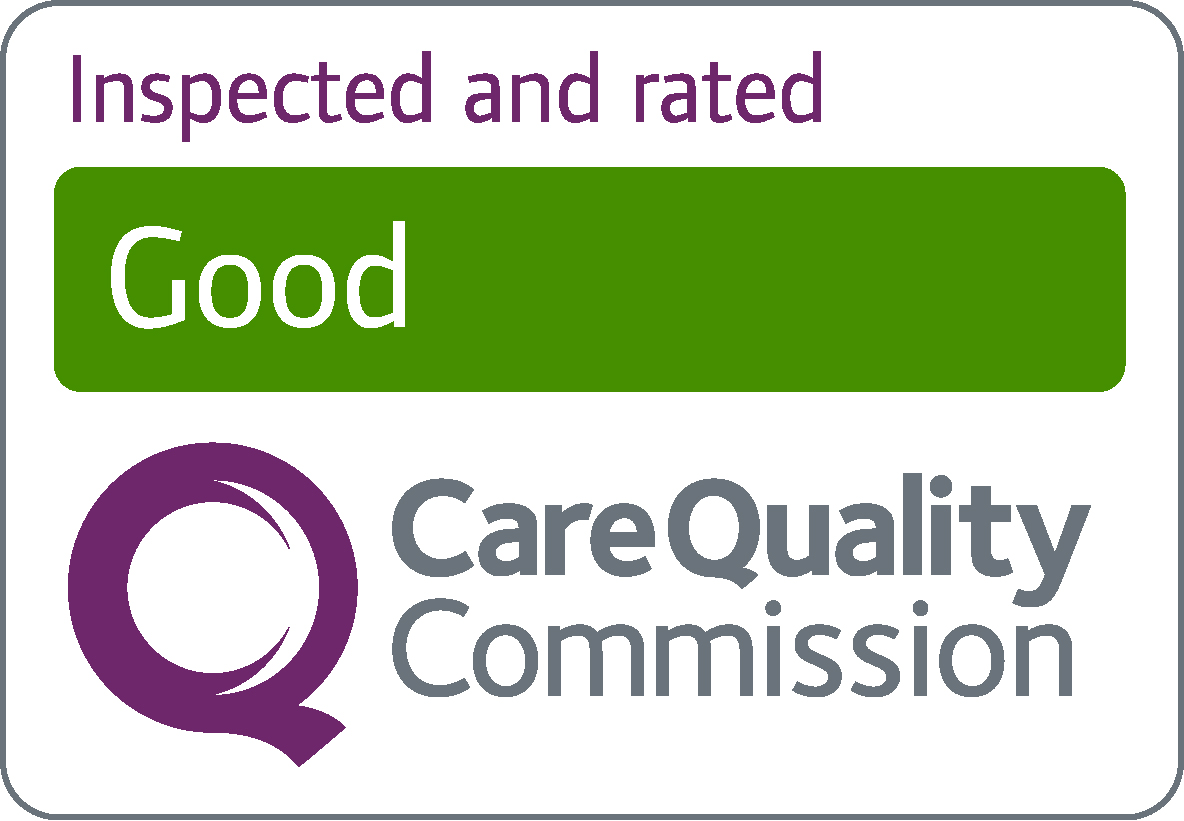Rectal examination
You may need a rectal examination to:
- help find out why you're having symptoms such as bleeding from your bottom, pain, constipation or problems with peeing
- check for conditions that affect your bottom such as piles (haemorrhoids)
- check for lumps or swelling in your anus or rectum that could be a sign of certain conditions, such as cancer
- check the health of your prostate (a small gland below the bladder in men)
A rectal examination can be done at a GP surgery, hospital or clinic.
It only takes a few minutes. It may be uncomfortable but it's not usually painful.
You can ask for a male or female doctor or nurse, if one's available. You can have a friend, family member or other member of staff in the room with you if you want.
The main steps are:
- You'll be asked to undress from the waist down, behind a screen.
- You'll usually be asked to lie on your left side, with your knees pulled up towards your chest. Sometimes the doctor or nurse will ask you to use another position that's comfortable for you.
- The doctor or nurse will part your buttocks and check the outside of your anus.
- They'll gently put 1 finger inside your anus. They'll be wearing gloves and they'll put a lubricating gel on their finger.
- They might ask you to squeeze the muscle around your anus to check how well it's working.
- They'll carefully feel around the inside of your anus and rectum.
You may feel embarrassed or anxious, but the doctor or nurse will be used to doing rectal examinations and will try to help you feel more relaxed.
After a rectal examination the doctor or nurse will tell you straight away if they found anything and what it might mean.
They may need to refer you for more tests.

